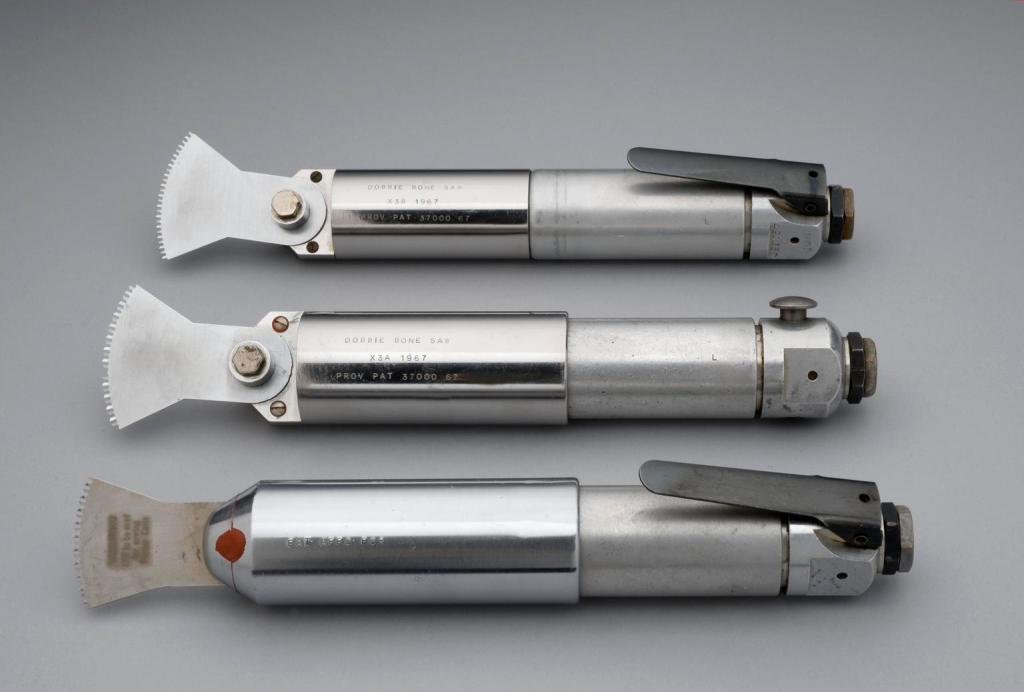-
Agile vs. Agile in Disguise: A Tale of Two Approaches

You know, I’ve seen teams approach projects in all sorts of ways, and it’s always interesting to see how different methods play out in real life. Also most teams claim to be agile, actually they operate more like a traditional waterfall process, just broken down into sprints. I like to think of it as “Agile… Continue reading
-
Best Practices for Margin Management in React with Tailwind CSS: Building Flexible UI Components

Discover the best practices for managing margins within React components using Tailwind CSS. Learn why externalizing margins to the parent container promotes reusability and flexibility in your UI components, leading to a more maintainable and scalable codebase. We’ll delve into practical examples showing the dos and don’ts of margin management, leveraging Tailwind’s utility classes to… Continue reading
Clean Code, Component Design, CSS Best Practices, front-end development, maintainable codebase, margin management, React, react best practices, react component margins, react patterns, reusable components, scalable front-end architecture, tailwind design principles, tailwind spacing utilities, tailwindcss, utility-first css, web development -
How to Handle Versioning in Web API

Versioning is an indispensable facet of the software development process. As your Web API evolves and new features get added, old ones might become deprecated or undergo substantial changes. Introducing these changes without a strategy can break existing clients and services that depend on your API. That’s where versioning comes into play. In this article,… Continue reading
-
Deciphering Programming Paradigms with C#

Venturing beyond the entertaining yet often superficial ‘language wars’, this blog dives deep into the heart of programming paradigms using C# as our lens. From the organized realms of Object-Oriented Programming to the mathematical rigor of Functional Programming and the step-by-step logic of Procedural Programming, we explore how mastering these paradigms can elevate our coding… Continue reading
-
The Pros and Cons of UUIDs in Databases and Their Alternatives

In a world increasingly driven by distributed computing, the need for unique identifiers is paramount. While UUIDs have long been a popular choice, are they always the best fit? This blog delves into the intricacies of UUIDs, their effect on database performance, and introduces alternatives like ULIDs that might be better suited for certain scenarios. Continue reading
-
REST vs gRPC: A Comparative Analysis

Deciphering communication in modern applications is paramount, and the longstanding champion REST is now faced with a formidable contender: gRPC. As developers architect new-age systems, understanding the intricacies, strengths, and differences between these two protocols can dictate performance, efficiency, and future scalability. Dive into our deep analysis of REST vs. gRPC to determine which best… Continue reading
-
Crafting Custom Validators in ASP.NET Core: A Comprehensive Guide

Unlock the power and flexibility of custom validators in ASP.NET Core with our in-depth guide. Dive deep into the creation of tailor-made validation rules, balancing both server-side and client-side checks. Discover best practices, from clear error message Continue reading
-
Using ConfigureServices to Inject Custom Services into the Configure Method in ASP.NET Core

Unlock the power of ASP.NET Core’s dependency injection system by injecting custom services directly into the Configure method. Dive deep into practical examples that showcase dynamic configuration, promoting clean coding practices, and enhancing application flexibility. Whether you’re a seasoned .NET developer or just getting started, this guide will shed light on a lesser-known yet incredibly… Continue reading
-
Understanding the Difference Between Threads and Tasks in C#

Concurrency and parallelism have become pivotal aspects of modern programming, allowing developers to harness the power of multicore processors and deliver more responsive applications. In the realm of C#, two main avenues for achieving these goals are threads and tasks. While both are tools for enabling concurrency, they operate differently and offer distinct advantages, each… Continue reading
Async/Await, Asynchronous Programming, C# Concurrency, C# Programming, Code Efficiency, Concurrency, CPU-Bound Tasks, Developer Productivity, I/O-Bound Tasks, Multithreading, Parallel Execution, Parallelism, performance optimization, Programming Abstractions, Synchronization, System Resources, Task Parallel Library, Task Scheduler, Thread Management, Thread vs Task
Advertisements

